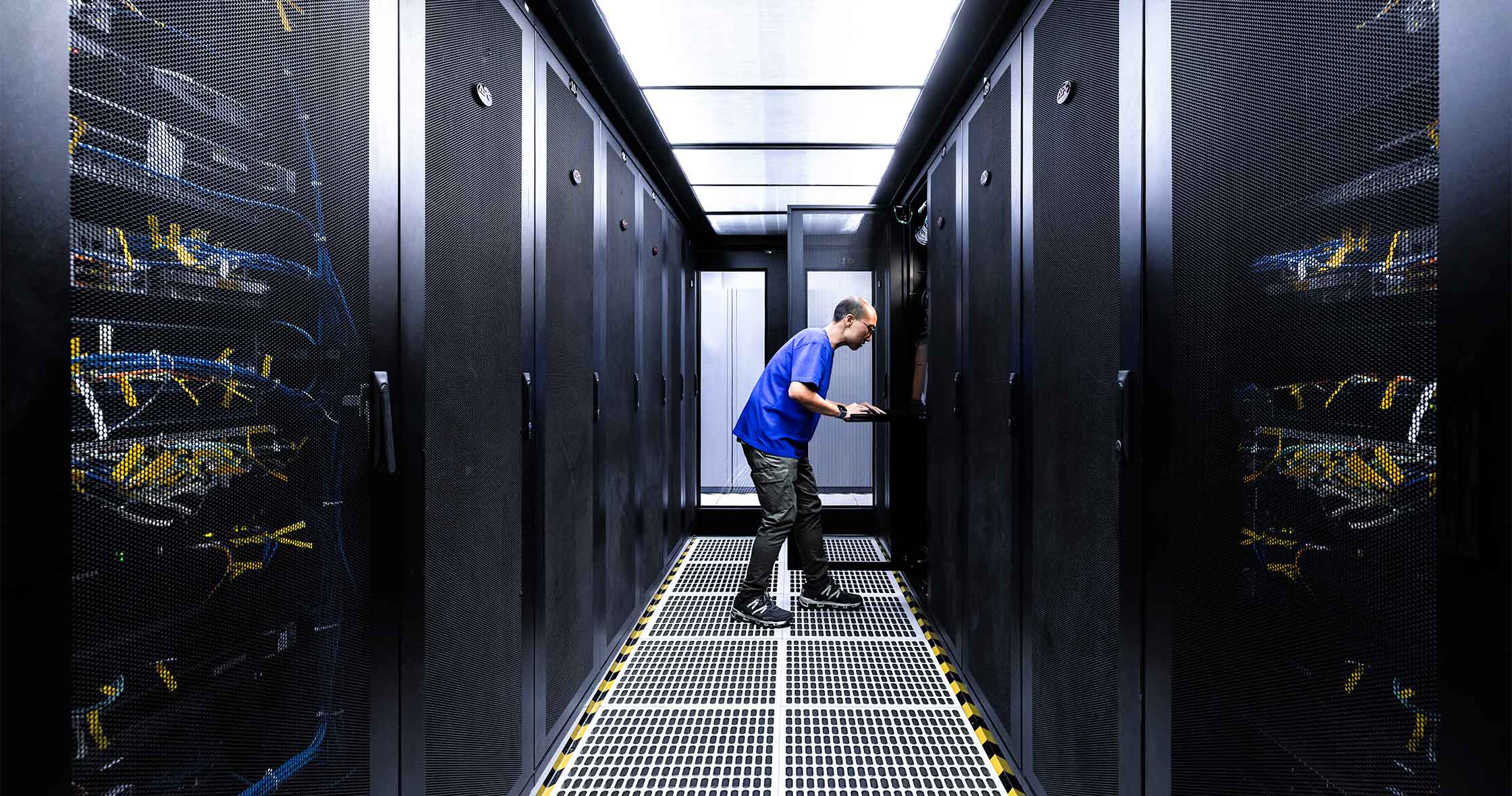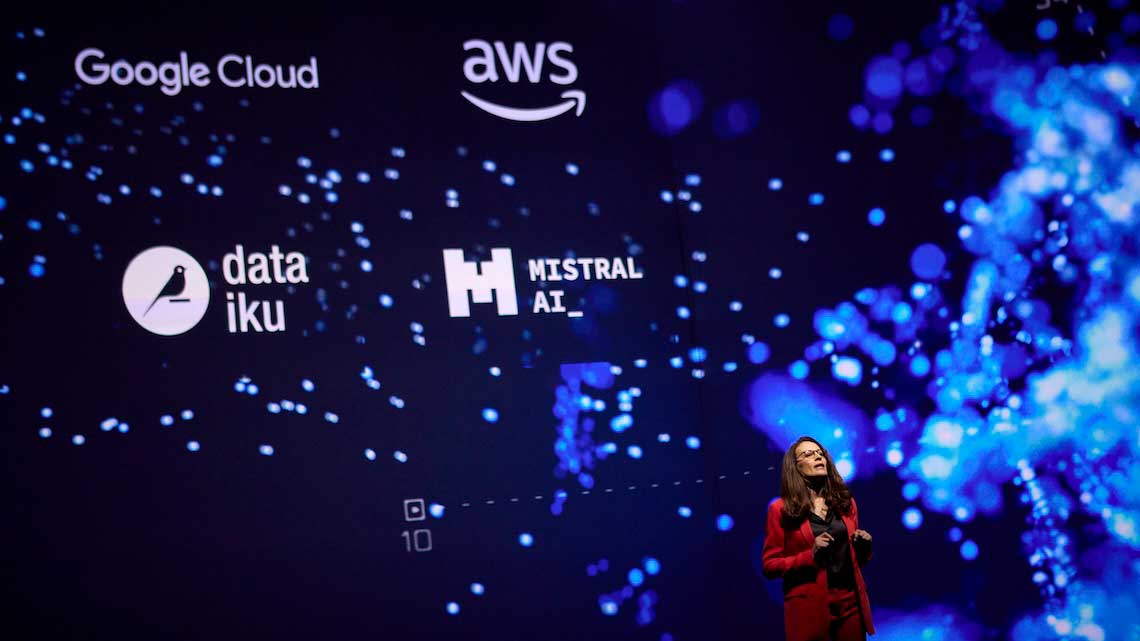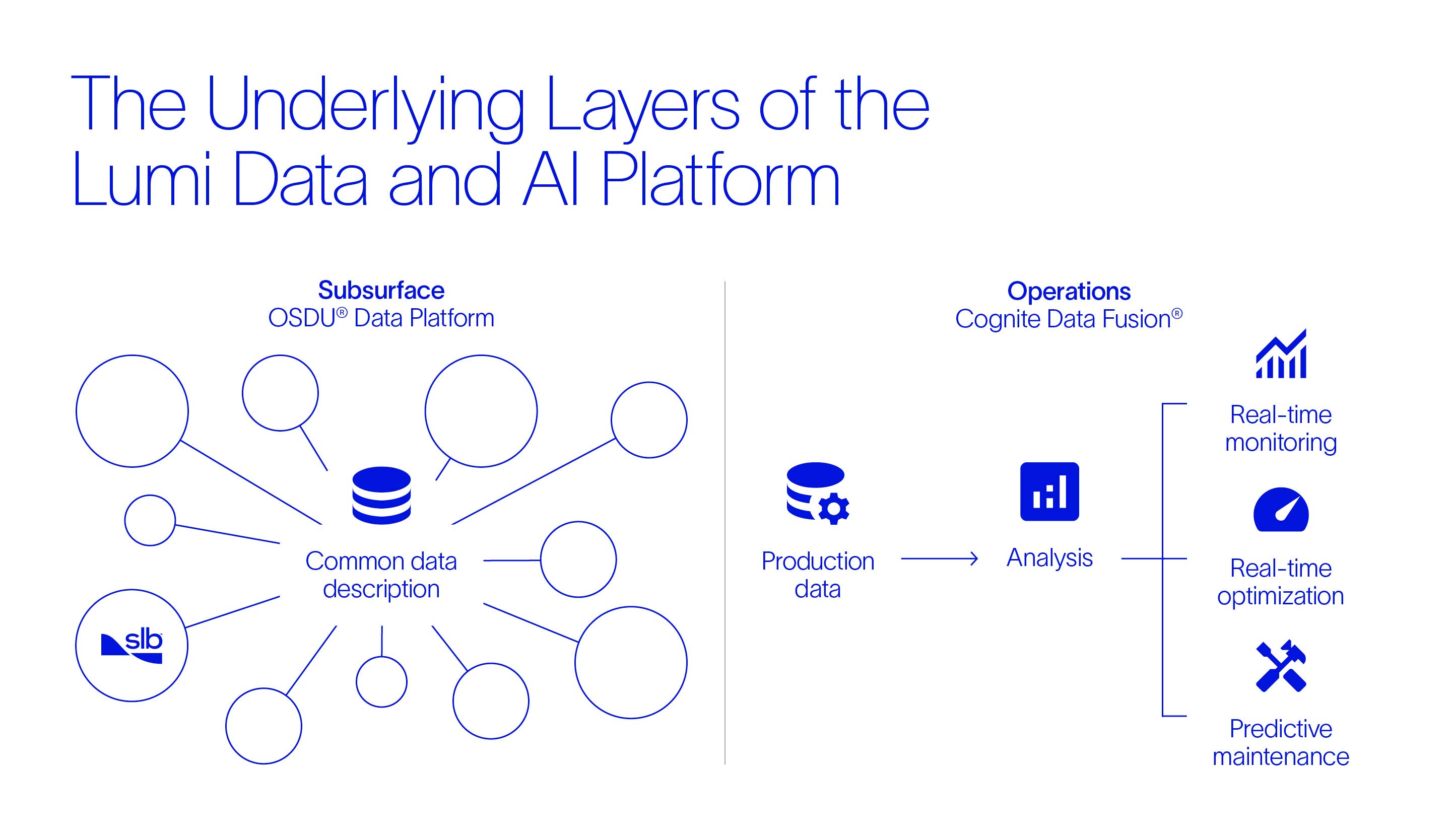
Throughout most of the energy industry’s history, data has existed in isolated pockets. Too frequently data was in different formats, on different media, and in different places, resulting in only a fraction of the data being effectively used. A resource crucial to the industry’s success, data repositories continued to grow year-on-year, but much like the largest libraries in the world, the information they stored was frustratingly difficult to find and apply. An untapped wealth of information was effectively holding back the potential to develop sharper plans and operational execution for the industry at large.

Open source, open possibility
The Lumi journey began around 2016 with the vision of building a revolutionary data platform tailored to the specifics of oil and gas and the massive volumes of data it uses. A platform that would transform how planning and operational data could be more effectively harnessed to generate smarter workflows, improve efficiency, and unlock new levels of performance for energy operators. As the capabilities to quality control and manage data at scale became more powerful, a natural confluence rapidly developed fusing data with the creation and maintenance of artificial intelligence (AI) models—thereby creating a new “data and AI” platform to supercharge data-driven workflows.
Frustrated with limiting data tech, large companies like Shell looked to the tech giants, such as Microsoft, Google, and Amazon, for modern cloud services capable of handling data more efficiently, at the scale demanded by our industry. Witnessing this new horizon, a small group of like-minded operators joined up with Shell (later becoming the formative members of the Open Group OSDU organization) to discuss how a myriad of different vendor-based data formats could be reinvented around a new, common, data standard. The advent of hyperscale computing on the cloud was making the new horizon possible, and SLB saw increasing alignment between its novel data platform and this group of operators. We then faced a choice: either follow or combine forces to lead our industry into the future.
A bold first step
From the outset, our pioneering engineers had rapidly developed a new data standard, optimized to exploit the performance potential of the cloud. Tuning both data formats (code and infrastructure) with cloud providers, our team was able to dramatically increase access speed and data interoperability by enabling multiple software applications to adopt a single standard for data. This innovative solution was then donated to become a core part of a new open-source community code—the Open Group’s OSDU technical standard—aligning geoscientists around one common, shared description for subsurface data.

Leading the way without going astray
With generative AI providing tantalizing insights into reimagining the power of data, our engineers were keen to find ways to unite the most powerful capabilities for handling data at scale with SLB's grounded approach to innovating energy tech responsibly. This meant building the new tech diligently and with the care that high-value data commands, seamlessly integrating AI into the data platform to maximize the union of powerful, complementary technologies.

Robust intelligence that delivers results
To meet the needs of SLB’s operating partners, the new data tech had to not only be scalable and adaptable (which the open-source format supports) but also radically useful. This is where the notion of “engineered AI” comes in.
“Engineered AI means that the foundations are robust,” explains Rakesh Jaggi, President of Digital and Integration for Oilfield Services.
“They’re secure. They’re safe. They’re scalable… Models are trained with domain-specific data and integral knowledge of our industry. With 100 years of oilfield experience, we can deliver that context. This is not artificial intelligence trained on generally accessible information. It’s very specific intelligence, unapologetically optimized for energy.”
Let there be Lumi
The Lumi data and AI platform has the potential to help operators produce more energy at a lower cost with less impact on the environment. How? It helps operators use fewer resources to deliver the same volume of hydrocarbons, all while maximizing their efficiency through smarter planning and operational execution. Already, operators across the oil and gas industry are leveraging the platform for breakthroughs that wouldn’t have been possible before. And these leaps in efficiency are only the beginning.
Launch
The Lumi platform was announced on September 17, 2024, at the SLB Digital Forum in Monaco, France.
Partner
SLB continues to leverage NVIDIA’s AI capabilities to build industry-specific generative models.
Support
Together with other partners, SLB supports ADNOC’s subsurface operations with agentic AI.

